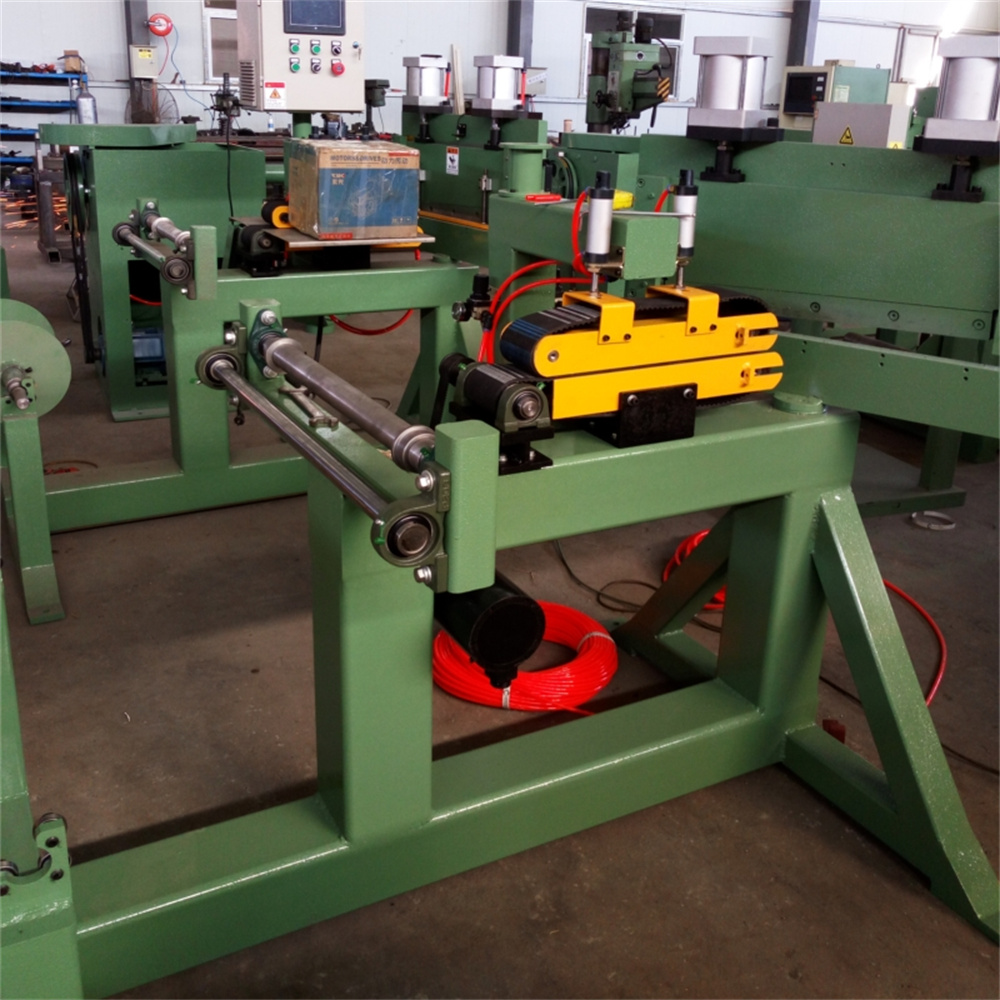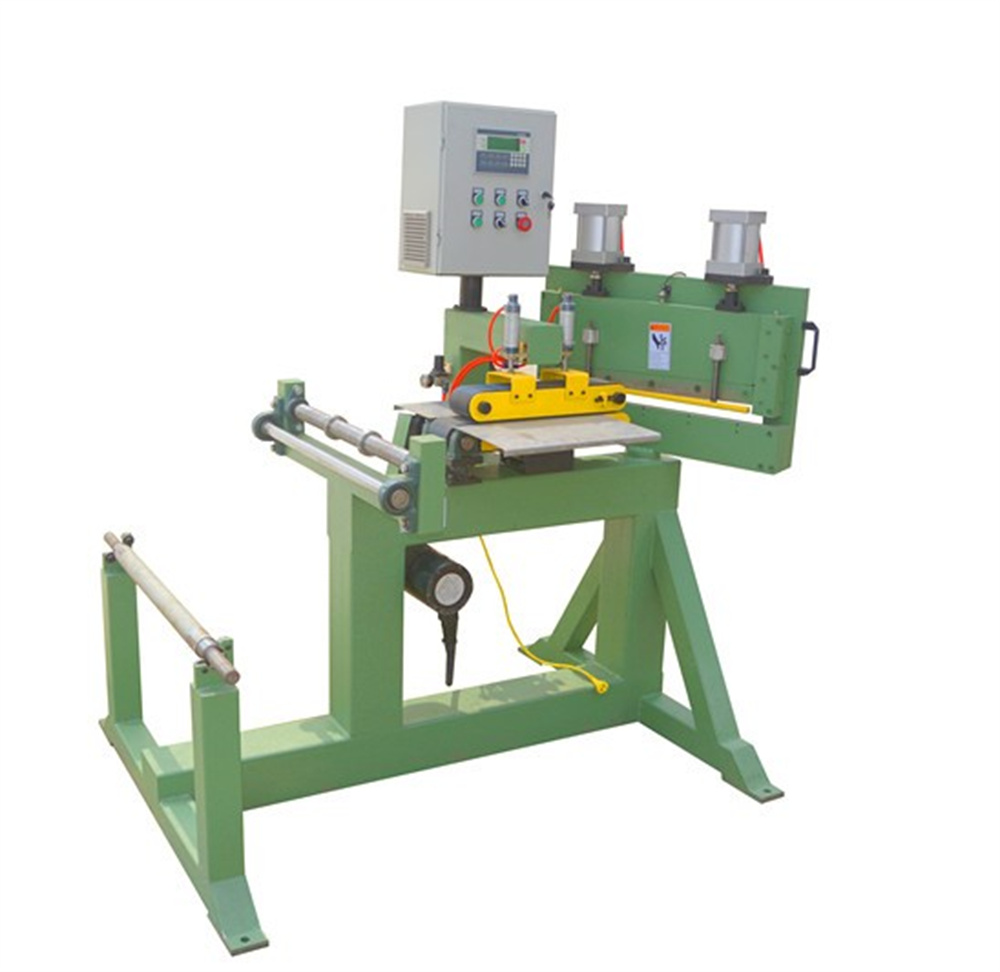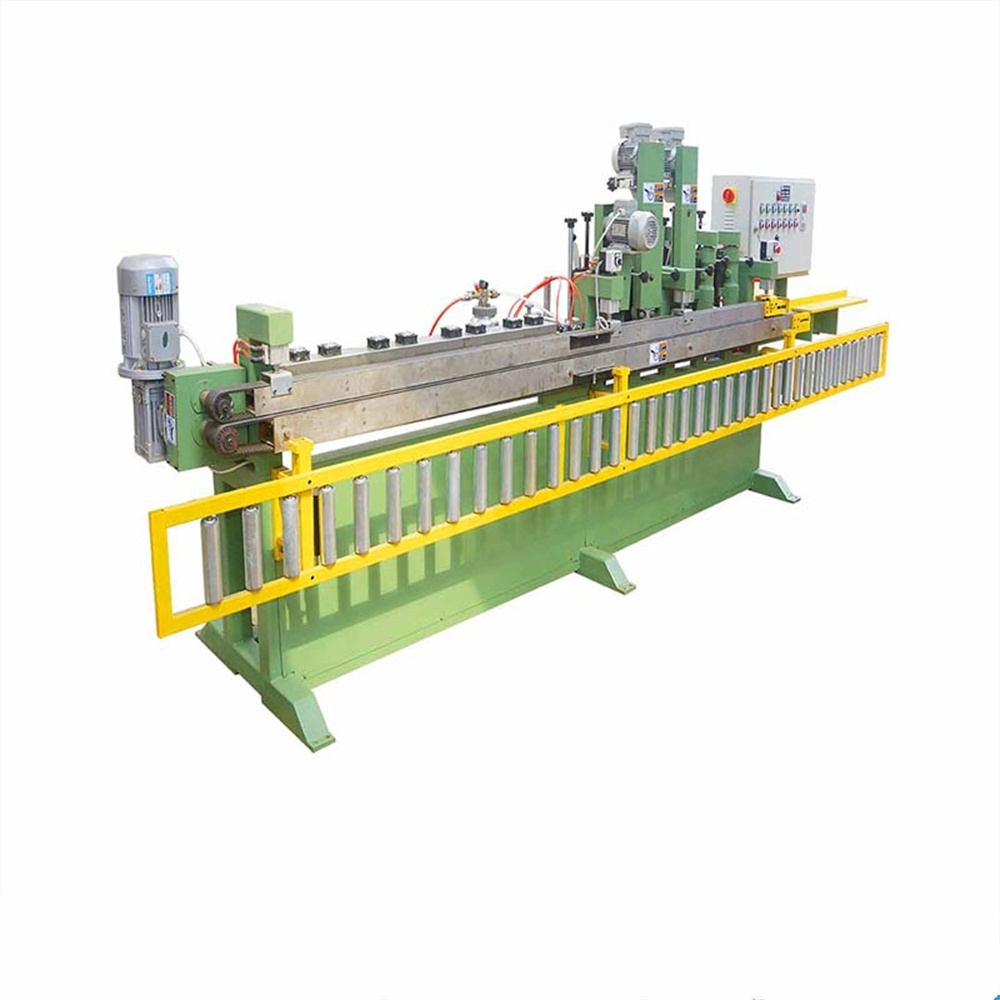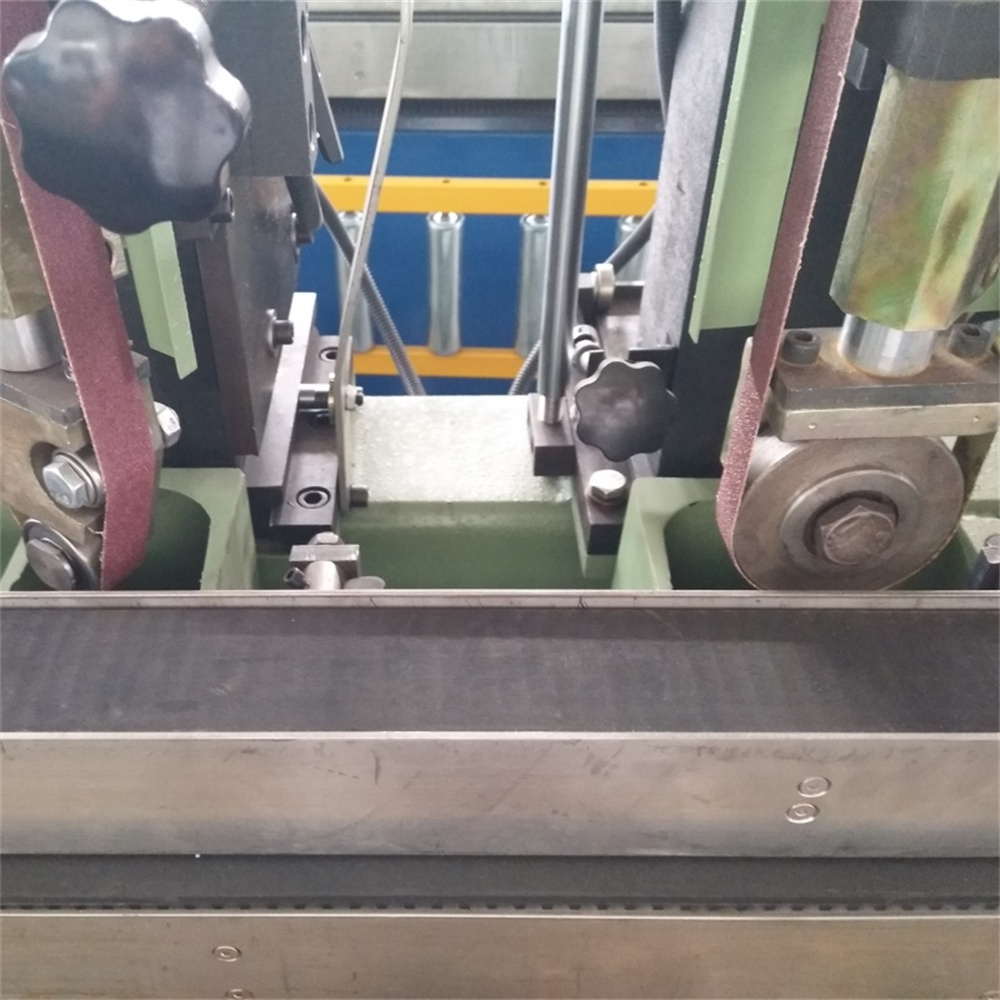In the emergency rescue drill, as the name implies, it is necessary to “play†and the second is to “learnâ€. However, in the specific emergency rescue drills, what should be "acted" and "trained"?
The so-called performance refers to the demonstration, which is to demonstrate the basic flow of emergency rescue.
The first is to "act" relief. To simulate the cause of the accident and the rescue process, everyone on the scene is familiar with what kind of situation the upcoming emergency rescue drill is for, understand how to avoid dangerous sources, and be familiar with the characteristics of the hazard, and what methods can be used to resolve the crisis. This will make the emergency rescue drill more instructive. The emergency drills cannot be exercised and put on the shelf. They should be able to constantly optimize the evacuation routes and evacuation methods according to the drill results in order to achieve the quickest, easiest and most orderly evacuation and self-rescue rescue, and to study a more comprehensive rescue program. . In the event of a similar accident, it can be done in accordance with the usual practice.
The second is to "play" the atmosphere of the scene. Some units laughed and quarreled during drills and used emergency rescue drills as entertainment. They did not use the right attitude to carry out work. The occurrence of any accident is unpredictable, when it occurs, and how much harm it is. We know nothing about it. When accidents and natural disasters come, if we panic, the losses caused will be immeasurable. Therefore, in the ordinary course of drills, we must face the seriousness and the attitude of being in danger, the atmosphere of the show, the actual feeling of the performance, and the actual scene of the performance. In the event of an accident, calm and calm can be dealt with.
The third is to "play" equipment. Demonstrate to the on-site personnel the types, methods, precautions, and self-rescue methods of various facilities and equipment, and standardize the procedures for using the equipment. In the event of an accident, it can be determined whether the equipment can be used normally, and ensure that each person correctly uses the safety facilities and rescue equipment , minimizes the probability of secondary accidents caused by misoperation, and eliminates potential accidents in the bud.
The fourth is to "act" the division of responsibilities. Exercise the responsibilities of various departments of the exercise and regulate the post settings. Let all people clear the division of labor, can not be as chaotic as the headless flies, improve the efficiency of the rescue. Through drills to focus on resolving the convergence issues of the various groups of personnel during the rescue period, practicing the coordination between people, and practicing the access to materials, etc., are the key to improving the ability to coordinate operations. With good cooperation, it is possible to control the expansion of the situation. If it is not properly coordinated, it will waste a lot of rescue time and miss the best rescue time.
Employees are unaware that emergency drills are responsible for their own lives and understand “acts†as acting. Nor will they sum up their introspection after the drills and they will not be able to fundamentally improve the staff’s self-rescue and mutual rescue capabilities and lose the significance of emergency drills. Whether it is in preparation for fire rescue drills or in the course of drills, it must be taken seriously. The emergency drills should be treated as actual combatants and respond quickly so that they can respond quickly in the event of an accident and reduce the risk of accidents.
The so-called "training" refers to practice, which is to put the basic skills of self-help and mutual rescue into place.
The first is to "train" safety alert. There are many precursors before the accident. For example, when there is a fire, there will be white smoke at the beginning, and there will be some pungent smells when the dangerous chemicals leak out. If accidents are controlled in the early stages of the accident, personal injury or death will be reduced. Through emergency drills, each employee is familiar with the pre-accident warning signs and they should immediately take appropriate measures when warning them of similar situations. At the same time, through emergency drills, employees can understand the dangers of accidents, arouse their attention and sense of crisis, and further enhance their safety awareness.
The second is to "train" the ability to respond. Many high-risk industries are now equipped with their own rescue teams. When an accident occurs, it is very important that the speed of evacuation of workers and rescue workers' assembly, wearing protective clothing, and wearing fire-fighting rescue helmets enter dangerous areas and temporarily handle the speed of accidents. In the rescue, each second is a “golden rescue timeâ€. Every missed second may be incalculable. It may lose a precious life and cause losses that could have been avoided. Therefore, during emergency rescue drills, The drillers should “play†the drills as actual combat, and attach great importance to ideology, put the state of mind and consciousness in an emergency and dangerous state, and truly exercise the ability to respond.
The third is to "train" the on-site command. In the course of the drill, commanders shoulder heavy responsibilities and need good psychological quality and comprehensive coordination and command ability. As commanders, how to clarify the status of incidents and hazards in the shortest possible time, how to direct them correctly, how to make decisions quickly, how to carry out the most effective information transfer, how to coordinate the dispatch of rescue forces in various fields, and to carry out timely rescue operations, etc. Constantly improve from the exercise to achieve a comfortable response.
The fourth is to "train" emergency plans. The preparatory exercise should be divided into two ways: desktop drills and live drills. The desktop drill is an oral “walk through†emergency response scenario. It is conducted in a conference room and discusses emergency operations based on emergency plans and standard operating procedures. After the deduction, according to the actual situation to make a written summary and suggestions for improvement. The live drill is a real simulation of the scene of the accident to fully test the function of the plan. In accordance with the contingency plan procedure, a complete drill is conducted again. After the drill, evaluations are given orally and a written report is submitted indicating the problems existing in the drill and the flaws in the plan. Regardless of which type of exercise, the purpose is to be familiar with the plan rescue program, exercise various rescue capabilities, find out the problem of the plan, constantly revise the plan, improve the plan, avoid the plan on paper, make it become standardized, systematic, scientific and operational Sexual preplans can effectively play a role in accident rescue, use it, and use it.
Only the rescue procedures that have been demonstrated through repeated exercises can really play a role in the accident. In the usual exercises, more attention should be paid to problems exposed during the drills, and extra efforts should be made to make the employees understand the emergency response system, be familiar with the emergency plan, and master the use of fire-fighting equipment for emergency tools to ensure that all aspects are responded to. The incident occurred in an orderly manner. Turn from the web.
Sanding Belt Converting Line
1.Abrasive Roll Slitter-Would slit coated abrasive from wide rolls into narrower rolls.
2.Abrasive Cut to Length Machine-To cut down certain length of abrasive material from abrasive rolls
3.Sanding Belt Skiving Machine-to make the abrasive belt joint processing
4.Joint Press Machine-To make the sanding belt joint firmly joint together after it`s applied glue & splicing tapes
5.Belt Slitter-slit wide sanding belt into narrow ones
6.Tensile Strength Test Machine-To test joint strength For each kind of converting machines, we have several models.
The roll slitter machine type is designed to cut rolls of abrasive paper and cloth and to rewind them with grain both inside and outside.
This is a high-performance machine which is suitable for the continuous process of heavy jumbos.Slitting machine is a high-precision, high-sensitivity slitting equipment. The rewinding and unwinding uses an air shaft, and the tension is controlled by a magnetic powder clutch. The unwinding correction adopts ultrasonic automatic correction control, which can realize automatic detection, automatic correction, and automatic meter counting. The slitting is accurate, the slitting speed is fast, and the operation and maintenance are convenient.
Slitting machine is suitable for slitting and rewinding of roll paper, non-woven fabrics, melt blown fabrics, hot-air cotton, films (PET, PE, PI), stickers, labels and other materials.
This machine is mainly for small belt slitting, with fix knife sets, precise slitting. Need to change knife sets when slit different size of sanding belt. 3 sizes available.
We distributes and wholesales various brands of Bonded Abrasives , Abrasive Sanding Disc, Cutting Wheels , Flap Wheels , Flap Disc Backing Pad, Flap Disc Adhesive , and Surface Conditioning Product etc, and enjoy a high position among consumers.




Abrasive Belt Making Machine,abrasive slitter,Abresive Belt Slitting Machine,Jumbo Roll Slitting Machine,Abrasive Roll Slitting Machine
Zhengzhou Jiading Abrasive Manufacturing Co.,Ltd , https://www.jiadingabrasive.com